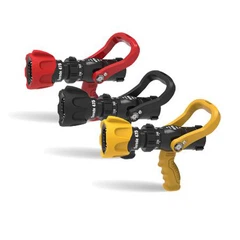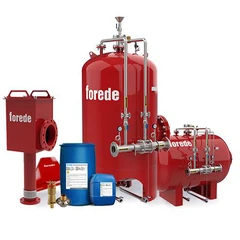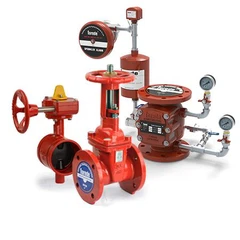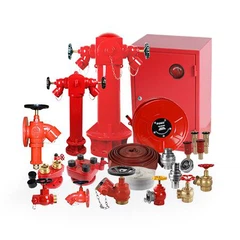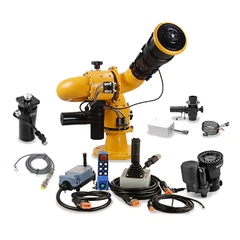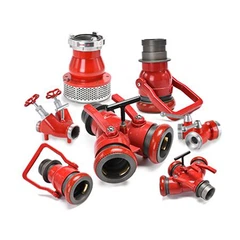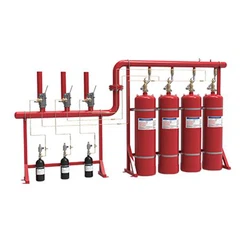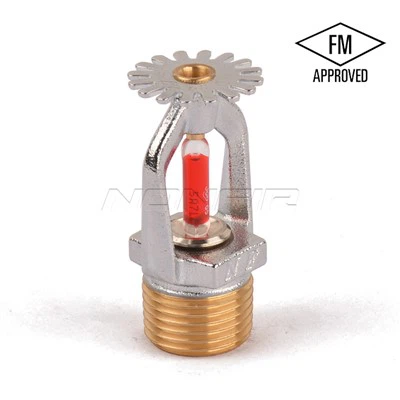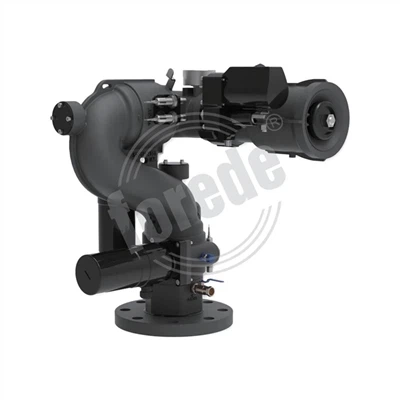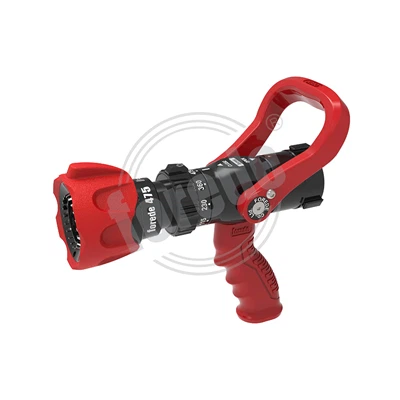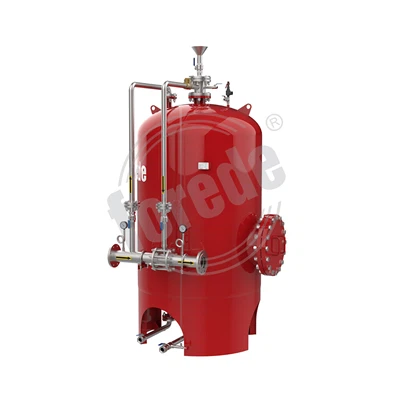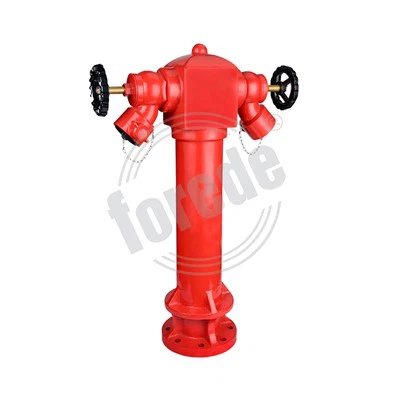A fire monitor, also known as a water cannon or monitor nozzle, is a device used to extinguish fires by projecting water or other extinguishing agents onto the flames. The working principle of a fire monitor is based on two concepts: hydraulic pressure and the Venturi effect.
Hydraulic pressure is the force exerted per unit area, which is generated by a fluid when it is forced through a small opening or nozzle. In a fire monitor, water is pumped from a fire hydrant or other source into the monitor's inlet. The water then flows through a series of pipes and valves, which control the flow rate and direction of the water.
The Venturi effect is a phenomenon in which the velocity and pressure of a fluid change as it flows through a narrow section of a pipe or nozzle. As water flow enters the monitor's nozzle, it passes through a constriction that narrows the flow area. This causes an increase in water velocity and a corresponding decrease in pressure.
As a result, the monitor nozzle creates a high-velocity stream of water that can be directed onto the fire. The water stream can be adjusted by changing the nozzle's size, shape, or angle of attack. Fire monitors can also be mounted on vehicles or other apparatus to allow for mobility and increased flexibility.
In summary, the working principle of a fire monitor involves the generation of hydraulic pressure and the use of the Venturi effect to create a high-velocity stream of water that can extinguish fires. The effectiveness of a fire monitor depends on factors such as its water flow rate, nozzle configuration, and the skill of the operator.

